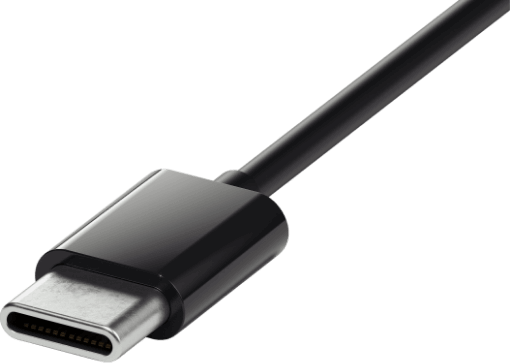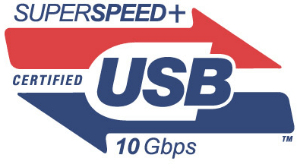



USB is Even Faster With the New 3.2 Standard
USB is the most widespread connector in the world of computer technology. That's why the introduction of the new USB 3.2 standard is a big event. The main draw of the latest USB generation is the increase in speed up to 20Gbit/sec. And as a bonus, we get the new Superspeed label, which covers everything. However, it is neither clear or intuitive.



Benefits of USB 3.2: Speed
The advantage of USB 3.2 is higher speed. This can be twice as quick as the standard 3.1—i.e. up to 20Gbit/sec. However, as you can read below, due to the new branding you need to be careful. As always there is backward compatibility at the cost of loss of speed. USB-C 3.2 can handle higher currents. While the voltage has not changed (it remains at 5V), the maximum current has risen from 0.9A to 3A, up to 15 W.

USB 3.2 is a Standard, not a Connector
First of all, we should clarify a few terms. We need to talk about the difference between Standards and Connectors. Then we will discuss Multi-Lane performance, which is how USB 3.2 enhances maximum speed.

New USB 3.2 Means New Labeling
In the case of USB 3.2, you will need to know either the generation or the USB label to reliably determine transfer rate. If you don't pay attention, you could buy a USB 3.2 device and end up with the same speed as USB 3.0.
As mentioned above, multi-lane is the privilege of USB-C, and so multi-lane standards are not available for USB-A or USB-B. Got it? Well, maybe not for long as everything is likely to change again when the new USB 4.0 standard comes out in March. USB 4.0 is expected to reach the 40Gbit/sec of Lightning connector to Thunderbolt 3.


